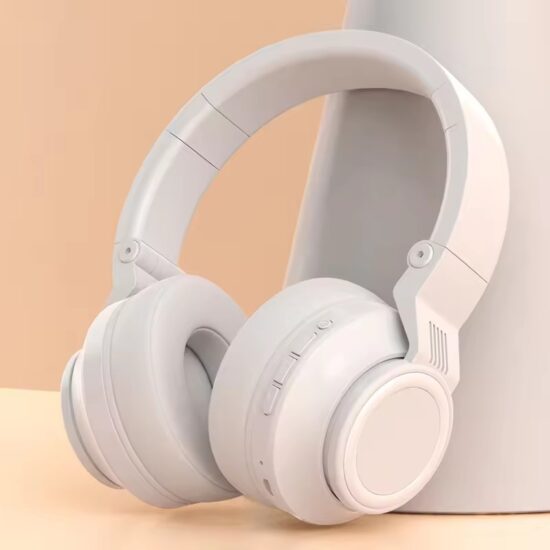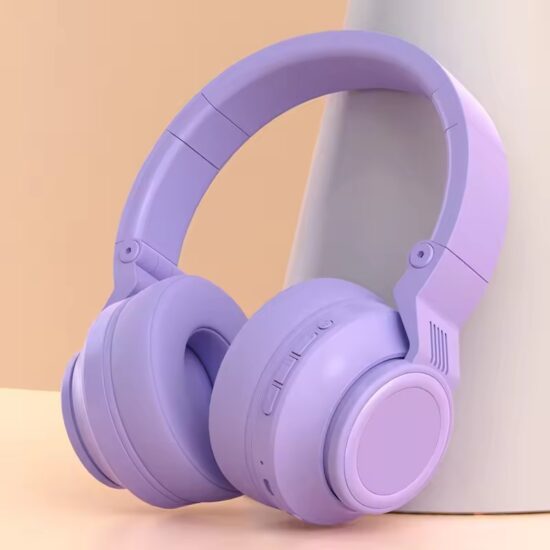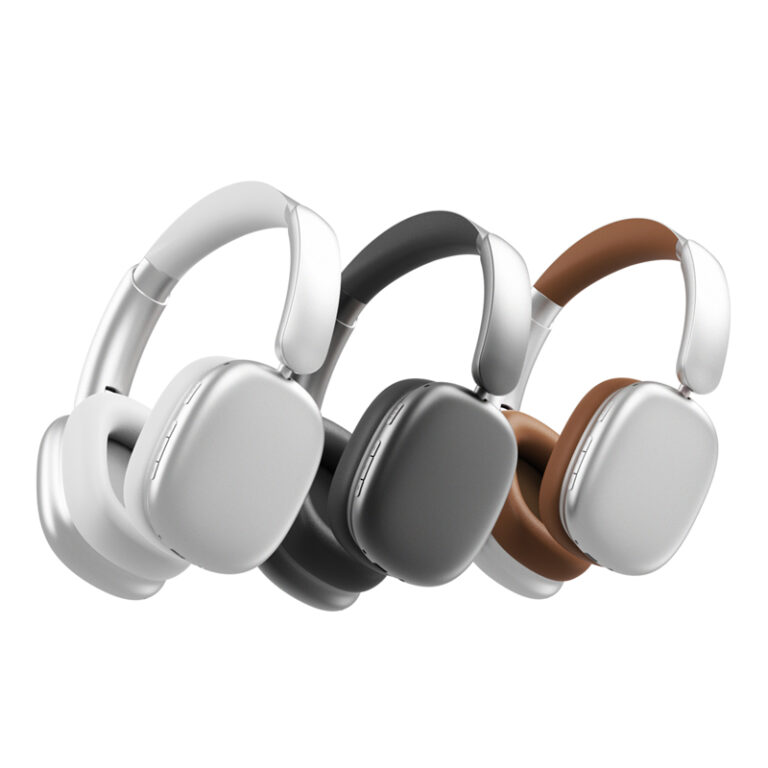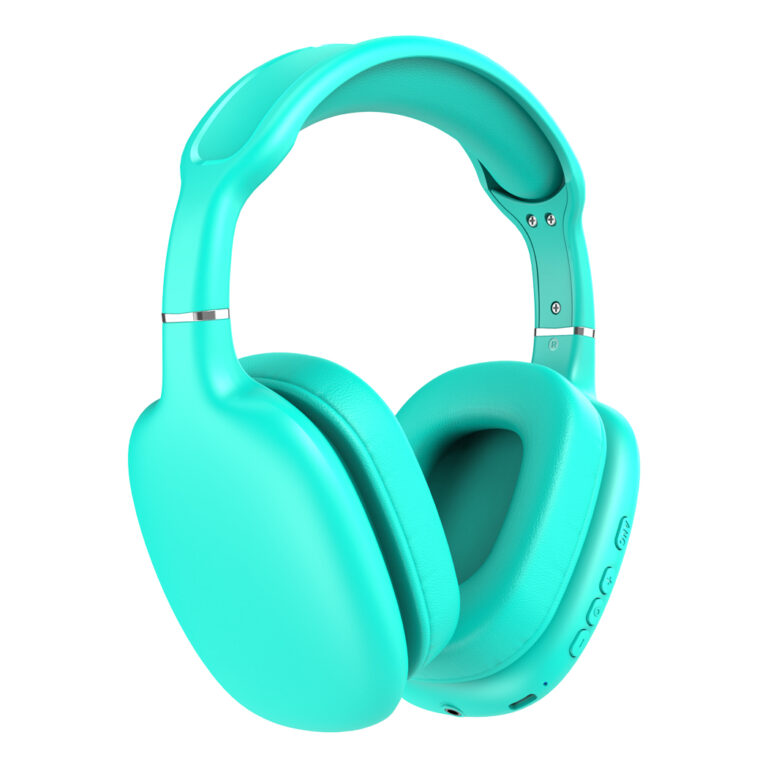jay@nbdho.com
Anatomy of Over-Ear Headphones: Key Components & Internal Structure
Over-ear headphones—also known as circumaural headphones—are a popular choice for audio professionals, gamers, and everyday listeners due to their superior comfort and immersive sound experience. Understanding their internal structure helps both consumers and B2B buyers make informed choices when evaluating product quality, performance, or manufacturing partnerships. Let’s break down the main components that make up the anatomy of over-ear headphones.
1. Outer Housing (Casing)
The housing is the visible shell of the headphone that encloses and protects the internal components. It plays a significant role in sound acoustics, weight distribution, and product durability. Common materials include ABS plastic, aluminum alloy, or a mix of polymer composites. High-end models may feature metal or wood finishes for added acoustic resonance and aesthetic appeal.
2. Driver Units
The driver is the heart of any headphone—it converts electrical signals into sound. Over-ear headphones typically use dynamic drivers, but planar magnetic and electrostatic drivers are also found in audiophile or studio models. Driver sizes generally range from 40mm to 50mm in diameter. Larger drivers often produce more powerful bass and wider soundstage, though design and tuning are equally important.
3. Sound Chambers & Acoustic Tuning
Between the driver and the ear is a specially designed acoustic chamber that enhances the overall sound signature. Manufacturers fine-tune these chambers to emphasize bass, mids, or treble, depending on the target market. Some models include bass ports or dampening materials to control airflow and resonance.
4. Ear Pads (Cushions)
Ear pads are essential for comfort and noise isolation. They are usually made from memory foam and covered in leatherette, protein leather, or breathable fabric. The shape and density of the padding affect both passive noise isolation and sound leakage. For studio headphones, accurate sound reproduction is prioritized, while for gaming or consumer use, comfort may take precedence.
5. Headband Assembly
The headband holds the earcups in position and ensures proper clamping force. Inside the headband is often a metal or flexible plastic band that provides strength, covered by padding for comfort. Adjustable sliders and rotating hinges allow the headphones to fit different head shapes securely.
6. Wiring & Connectivity
Internally, thin copper wires connect the driver units to the audio source via a cable or Bluetooth module. Wired headphones often feature detachable cables for easy replacement, while wireless models house a battery, Bluetooth chip, microphone, and control buttons inside the earcups.
7. Additional Features
Modern over-ear headphones may include features like ANC (Active Noise Cancellation), touch controls, built-in microphones, or multi-device pairing. These components are integrated into the housing and circuitry, without compromising ergonomic design.





